By Rachel Abbott
I’ve lived in Texas my entire life—nearly 25 years, a quarter of a century. I love Texas. It’s in my blood and bones. I live for the margaritas and tacos, the inflated sense of ego, the trips to H-E-B, and the bright orange Whataburger cups. I even like the heat. The first day of spring, when the temperature creeps over 90 degrees, reminds me of being wrapped in a familiar blanket. The only problem is that I don’t know how to love living in Texas as a queer person.
It was easy to lean into my Texan pride when I was younger, back when I was “straight” and wanted so desperately to fit in. Living in a suburban home and with a mindset bred on country music, the “Texan lifestyle” felt specific and achievable. I could pull off the bleach blonde hair and letterman jacket. I had a parade of good southern boyfriends. I spent no less than 10 hours a week at an evangelical Baptist church, and I went to at least 100 football games. I had a glittery homecoming mum that weighed as much as I do and, to this day, I’m not totally convinced that it didn’t permanently alter my posture. Type-A even as a child, I treated growing up like a checklist. If I could just do this and this and this, and do it better than everyone else around me, I wouldn’t have to think about the cracks in the veneer. I could be capital-P Perfect.
Surprising to literally no one, growing into adulthood made this illusion fall apart. The idealized view of the “Perfect Texan Girl” didn’t allow for much deviation. The more my anxiety and failed perfectionism caught up with me, the more I read, the more I cared about the state of the world, the more divergent I became. First I stopped going to church; then I started voting Democratic. I took the country music channel off the radio presets in my car. I moved to Austin, a city that everyone in my family thought of as a “liberal pit.” I gave away the pieces of my southern pride that didn’t mesh with the new, adult version of myself. The pièce de résistance, the point of no return (so I thought), was realizing I was queer.
I didn’t know many gay people growing up, and certainly no femme queer women. My one gay cousin (hi, Karen!) was classically butch and also over a decade older than me. If there were role models for someone like me, I had no clue where to find them. I felt like there were two halves to me, destined to never meet. I could either be the good Texan daughter, or I could be the bold, queer, feminist woman—but not both. I chose the latter.
Like many bi/pan/queer women who crave visibility, I veered hard out of the closet. Reading Autostraddle, watching The L Word, buying an absurd number of flannel shirts for someone who lives in a very hot place—I did it all. The best part was meeting my partner and future wife. The worst part was the borderline-violent harassment, even in a “woke” city like Austin. Although exploring the world of being out-and-proud was fun, it also felt a bit performative. I’d moved from one checklist to another, but still hadn’t found myself.
Bit by bit, I tried to piece together who I wanted to become. I couldn’t find one perfect role model, so instead, I found several. I thought about Wendy Davis, a thoroughly southern woman with a fierce heart for reproductive rights. I thought about my coworker Olivia, an older lesbian with a loving wife and beautiful kids, and admired the family that she’d built. I watched Stephanie Beatriz from Brooklyn-99 speak about being bisexual on screen and off, and loved the confidence she had in her sexuality, regardless of her partner’s gender. Noelle Stevenson and Molly Knox Ostertag, Roxane Gay, Janelle Monae, Samira Wiley, Emily Danforth—there were so many different women being queer and wonderful in so many different ways. It gave me hope that I could be queer enough and reclaim some of the femininity and southern pride that I previously thought I had to leave behind. It gave me hope that being myself was enough, period.
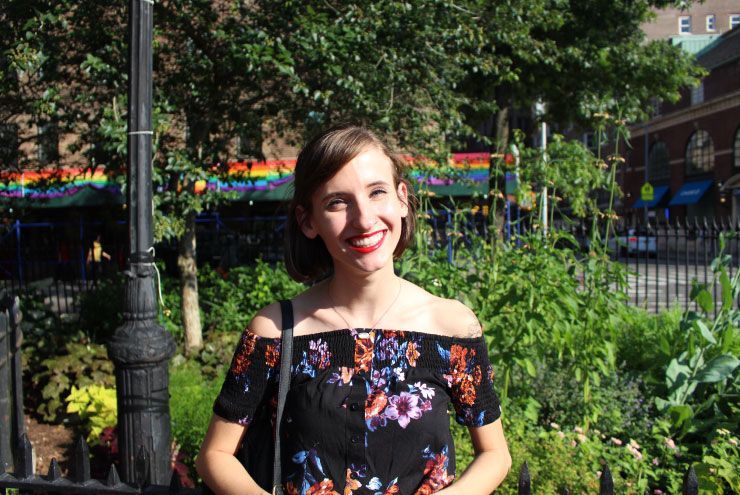
“I could either be the good Texan daughter, or I could be the bold, queer, feminist woman—but not both. I chose the latter.” -Rachel Abbott
Of course, it’s one thing to think it and another thing to live it. Relearning to love Texas is a process. It’s difficult to reconcile. There is the Texan lesbian bar, where I can bring my dog, drink a Shiner, and have long conversations with friendly strangers. There is also the Texas neighborhood where every single yard had a political sign for Ted Cruz, except for the house with a giant gun decal—they had two. Both of these places exist in Houston, where I now live. And I still don’t know quite how to belong here, no matter how hard I try.
So, I don’t have the answers yet, but I am living through the questions. I am learning how to become the person who is queer, and femme, and Texan, all at the same time. No checklists, no illusions of grand perfection—just a girl, making a place for herself under the big Texas sky, and gettin’ along fine.


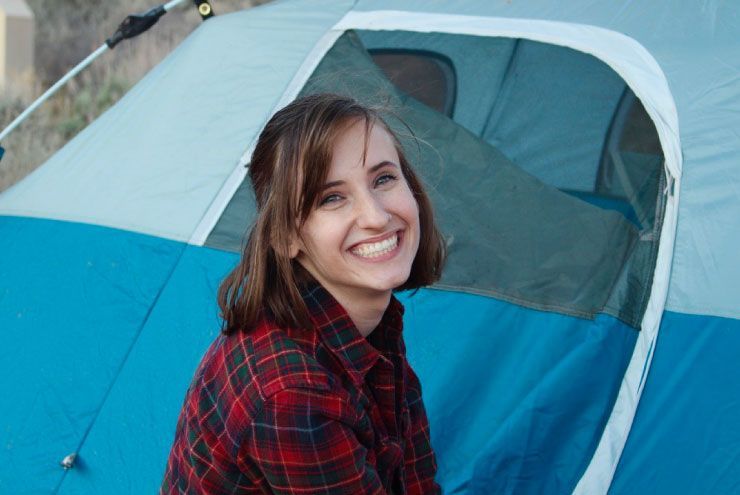
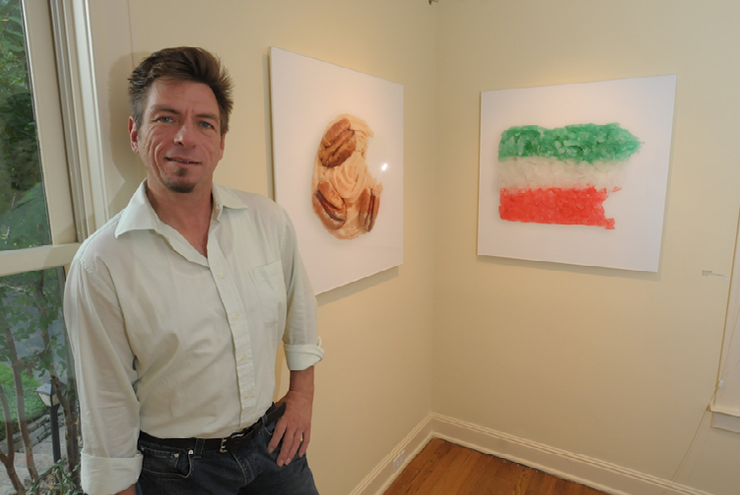
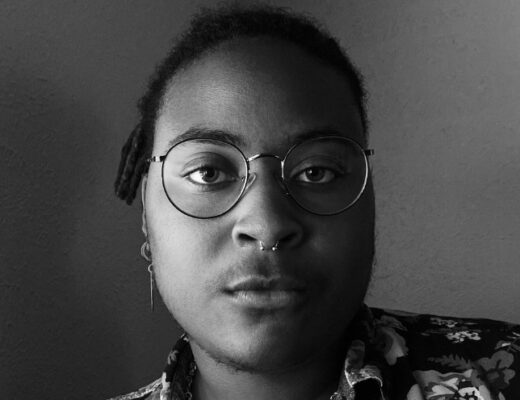
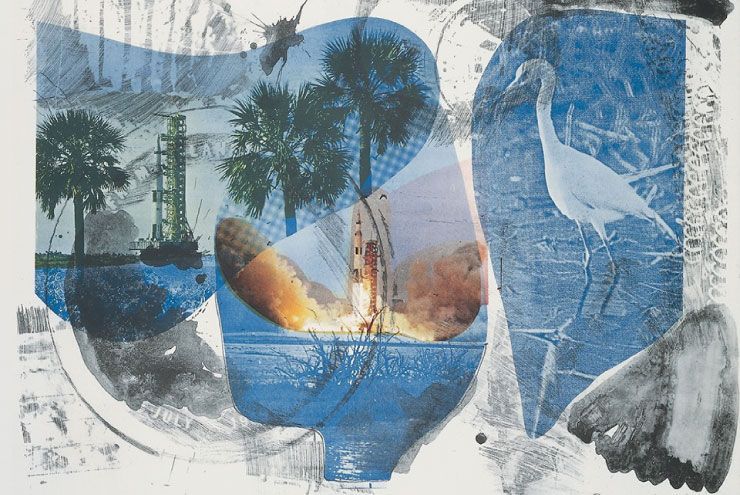


Rebecca French
July 11, 2019 at 11:41 AMThank you for writing this Rachel, and welcome to Houston from a fellow femme queer woman!
Leah Dossey
July 14, 2019 at 1:09 AMFrom one Texas woman to another…you don’t have to choose. Texas loves you. Some of the people? Well, those folks are *those* folks. Your life. Your terms. And the bluebonnets and the sunsets and the sounds of cicadas in the evening…they will always be here for you. ❤️❤️❤️